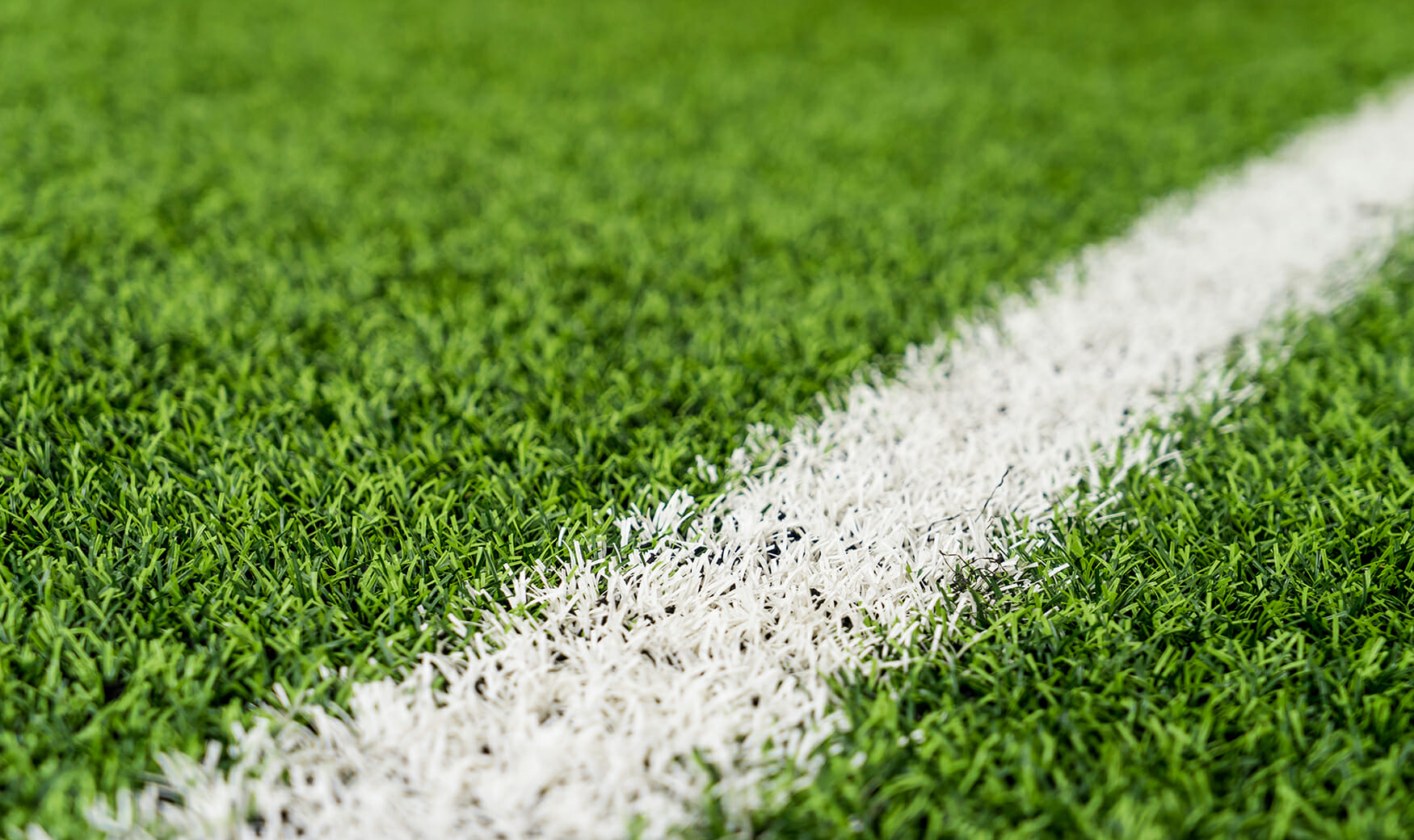“The best way to predict the future is to create it.” – Peter Drucker
In a significant development in the Name, Image, and Likeness (NIL) litigation associated with amateur student athletes stemming from the House vs. NCAA litigation, Judge Claudia Wilken declined to grant final approval of the proposed deal citing concerns about how the agreement’s immediate implementation of roster limits would affect a number of current college athletes. This lawsuit, which is one amongst others, involves a class-action antitrust case, and challenges the NCAA’s restrictions on the ability of college athletes to earn compensation for the use of their NIL. A proposed settlement has been reached that, if approved by the court, would bring about substantial changes to the landscape of college sports. Last week, following Judge Wilken’s action on April 7, both sides presented the Court with an amended settlement structure, which did not alter the implementation of roster limits. Last night, Judge Wilken made it clear that if roster limits are not phased or grandfathered in for team sports, she will not provide final approval for the settlement, as it would not meet the “fair and reasonable” standard for approval. Judge Wilken then set deadlines in an accompanying order, should the case proceed to trial.
That order notifies attorneys for all parties, including three attorneys of objectors to the settlement, that they now have 14 days to come up with an amended agreement, or the suit will not be settled. Judge Wilken explicitly provided that “[t]he court finds that the decision by Defendants and NCAA member schools to begin implementing the roster limits before the Court granted final approval of the settlement agreement is not a valid reason for approval of the agreement in its current form…[a]ny disruption that may occur is a problem of Defendants’, and NCAA member schools’ own making. The fact that the Court granted preliminary approval of the settlement agreement should not have been interpreted as an indication that it was certain that the Court would grant final approval.”
The Court does not appear to take issue with objections associated with direct payments from member schools to athletes, which included a revenue sharing proposal estimated at $20.5 million per school annually, with potential increases over time; back pay for former athletes; and third-party NIL deals and the enforcement mechanism to regulate such activities. However, as discussed above, the roster limits appear to be a sticking point that may entirely derail this settlement. The settlement is tied to changes in roster limits for various sports, replacing scholarship limitations with overall roster caps. While schools may now offer more scholarships, the total number of athletes on a team could decrease, potentially impacting walk-on players.
If approved, the changes are expected to be implemented starting as early as July 1, 2025. However, the specifics of how revenue sharing and direct NIL payments will be distributed by individual member schools are still being developed and may vary significantly. Even with the potential settlement, legal challenges and lobbying efforts for federal legislation to provide a more stable framework for college sports are expected to continue, with issues related to Title IX and the employment status of college athletes likely being the next battlefield between individual student athletes and the NCAA.
In summary, the proposed settlement in the House vs. NCAA litigation represents a monumental shift in college athletics. While significant details are still emerging and court approval is pending, changes arising from the settlement will likely have a profound impact on student-athletes, universities, and the broader landscape of college sports. Stay tuned for further developments in this case and the subsequent rule changes and implementation processes by the NCAA, conferences, and individual institutions.
